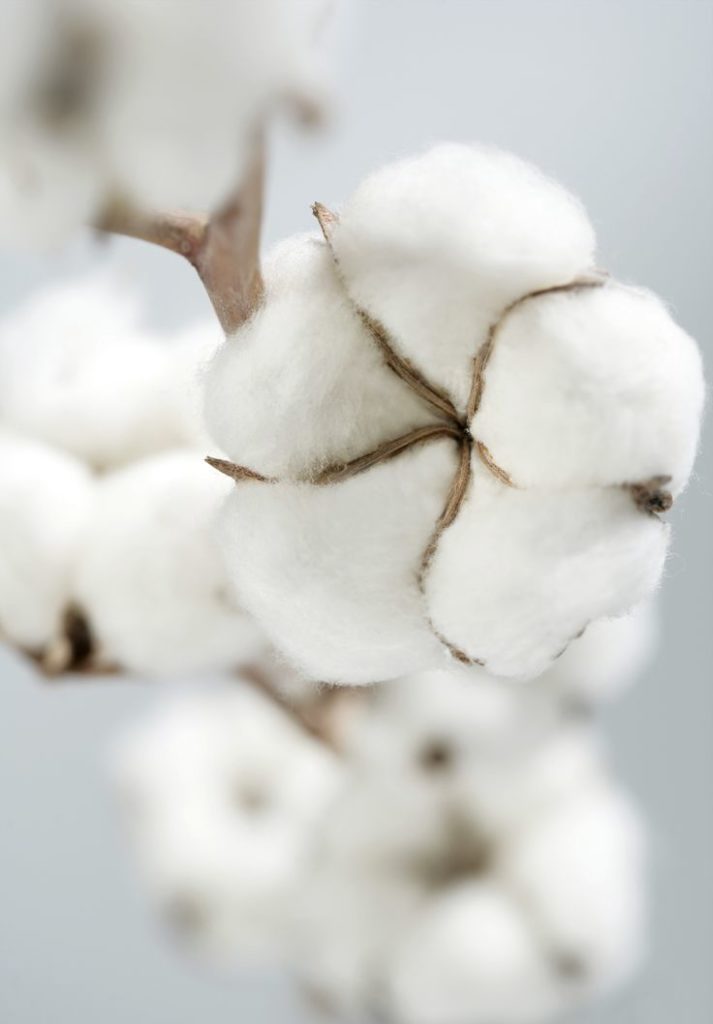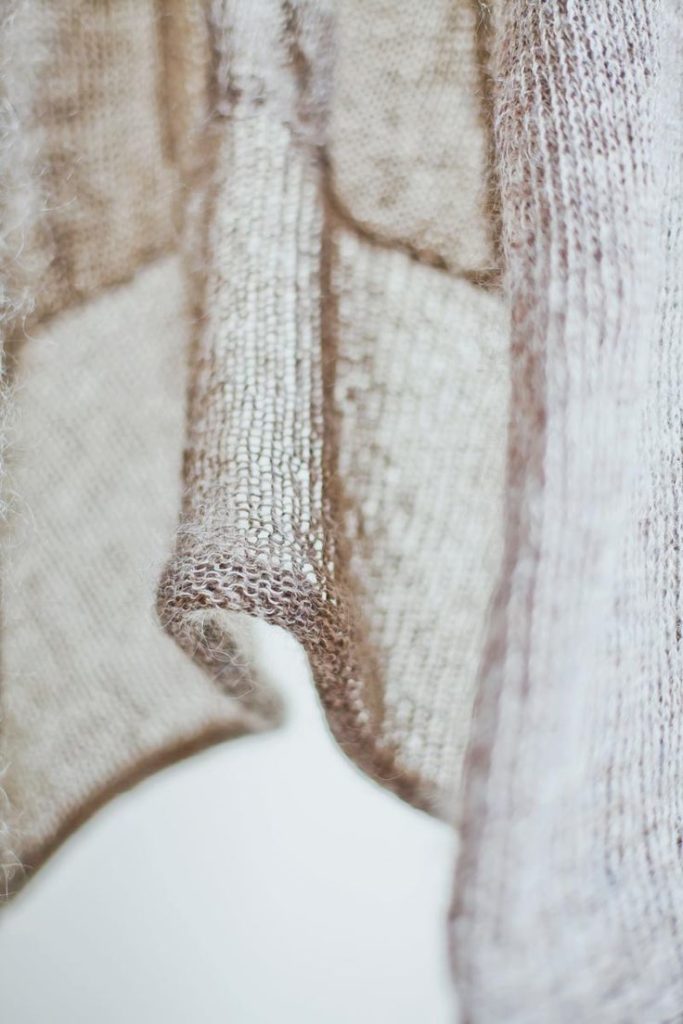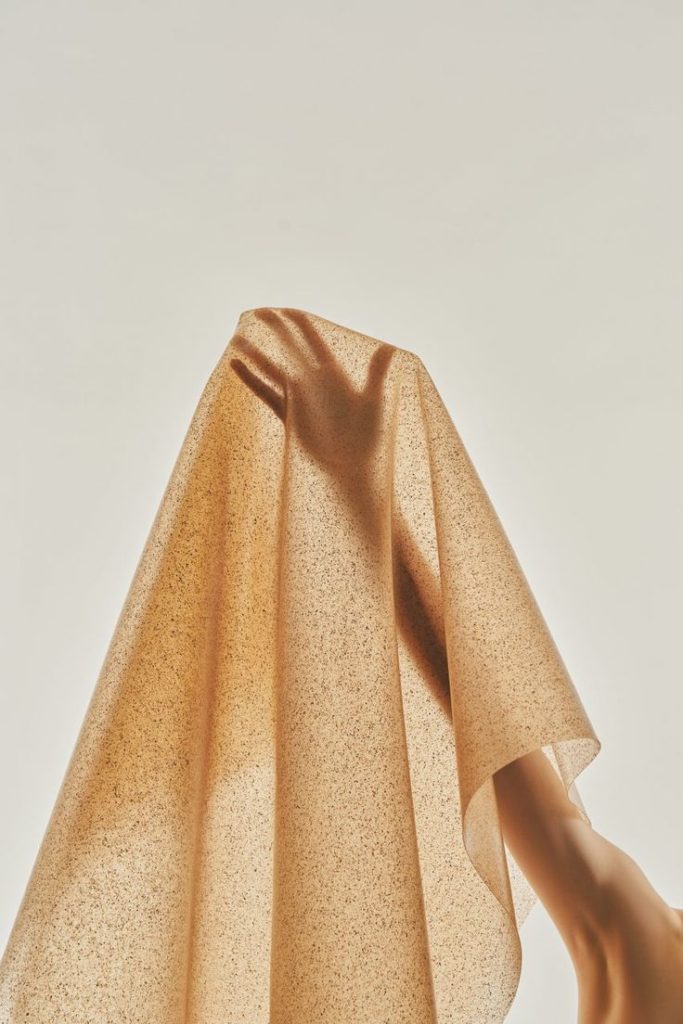In the world of textiles, breathability is a crucial factor that can make or break the comfort of a fabric. Whether it’s for activewear, summer clothing, or even bed linens, the ability of a fabric to keep you cool and dry is essential. But what exactly makes a fabric breathable? Understanding the science behind breathability can help you make more informed choices when selecting fabrics, whether you’re a designer, manufacturer, or consumer.

What is Breathability in Fabrics?
Breathability refers to a fabric’s ability to allow air and moisture to pass through it. This characteristic is particularly important in warm weather or during physical activity, as it helps regulate body temperature by allowing sweat to evaporate, thereby keeping the wearer cool and comfortable. The more breathable a fabric, the better it is at wicking away moisture and allowing air circulation.
The Science Behind Breathability
Breathability is primarily determined by the structure of the fabric, the type of fibers used, and the weaving or knitting technique employed. Here’s a closer look at the factors that contribute to a fabric’s breathability:
1. Fiber Composition

The type of fiber used in a fabric plays a significant role in its breathability. Natural fibers, such as cotton, linen, and wool, are generally more breathable than synthetic fibers. This is because natural fibers have inherent properties that allow moisture to be absorbed and released easily.
- Cotton: Known for its softness and breathability, cotton is a natural fiber that absorbs moisture and allows air to circulate, making it ideal for warm weather clothing.
- Linen: Made from the flax plant, linen is highly breathable due to its loose weave and natural moisture-wicking properties. It’s perfect for summer garments.
- Wool: While commonly associated with warmth, wool is also breathable and moisture-wicking, making it a versatile option for both warm and cool climates.
Synthetic fibers, on the other hand, are often less breathable because they tend to trap moisture and heat. However, advancements in textile technology have led to the development of synthetic fibers designed to mimic the breathability of natural fibers.
For a deeper comparison between natural and synthetic fabrics, explore our blog on Natural vs. Synthetic: A Comparison of Fabric Properties.
2. Weave and Knit Structure

The way a fabric is woven or knitted also affects its breathability. Fabrics with a looser weave or knit structure allow more air to pass through, enhancing breathability. For example:
- Poplin and Seersucker: These cotton fabrics have a loose weave that promotes airflow, making them ideal for lightweight, breathable clothing.
- Mesh Fabrics: Commonly used in activewear, mesh fabrics are knitted with large openings, allowing maximum air circulation and moisture management.
Conversely, tightly woven fabrics like twill or sateen are less breathable because they restrict airflow, trapping heat and moisture close to the body.
3. Moisture-Wicking Properties
Moisture-wicking fabrics are designed to pull moisture away from the skin and onto the fabric’s surface, where it can evaporate. This process keeps the wearer dry and cool, making these fabrics highly breathable. Moisture-wicking is often associated with synthetic fabrics like polyester and nylon, which are engineered to perform this function. However, some natural fibers, like merino wool, also have excellent moisture-wicking capabilities.
4. Fabric Finish and Treatment
The finish or treatment applied to a fabric can enhance its breathability. For instance, some fabrics are treated with moisture-wicking finishes to improve their performance in hot or humid conditions. However, certain finishes, such as waterproof coatings, can reduce breathability by creating a barrier that prevents moisture from escaping.
The Role of Organic and Biodegradable Fabrics
As sustainability becomes increasingly important in the textile industry, organic and biodegradable fabrics are gaining popularity. These fabrics, made from natural fibers, often offer excellent breathability due to their inherent properties.

- Organic Cotton: Grown without synthetic pesticides or fertilizers, organic cotton retains the breathability of conventional cotton while being more environmentally friendly. However, the growth and market adoption of organic textiles face challenges, as discussed in our blog on The Future of Organic Textiles: Growth and Challenges.
- Biodegradable Fabrics: Fabrics like hemp, bamboo, and Tencel are not only biodegradable but also breathable. These materials are becoming more popular as consumers seek sustainable alternatives to traditional textiles. For more information on biodegradable fabrics and their role in sustainable fashion, check out our blog on Biodegradable Fabrics: The Next Step in Sustainable Fashion.
Conclusion: Choosing the Right Fabric for Breathability
Understanding the science of breathability can help you choose the right fabric for your needs. Whether you’re looking for comfort in hot weather, activewear that keeps you cool, or sustainable fabrics that offer breathability without compromising the environment, the key is to consider the fiber composition, weave or knit structure, moisture-wicking properties, and any fabric treatments.
At Locofast, we provide a wide range of breathable fabrics, from organic cotton to innovative moisture-wicking synthetics. Our commitment to quality and sustainability ensures that you can find the perfect fabric for your projects, whether you’re designing summer clothing, sportswear, or sustainable fashion lines. Visit Locofast today to discover how we can support your fabric sourcing needs and help you stay cool, comfortable, and stylish.